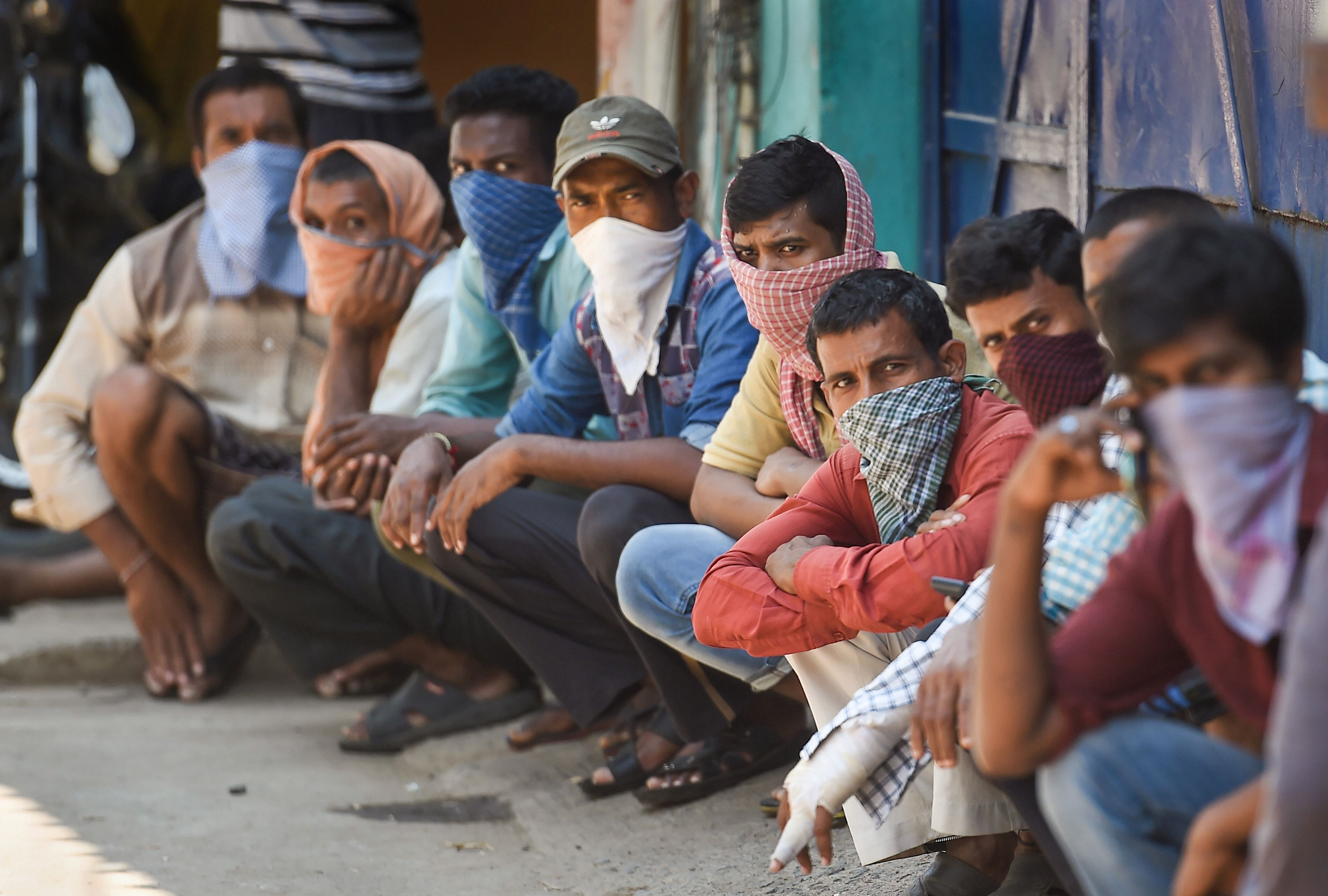
Ever since the national lockdown announcement, the central and state governments have announced, with not much coordination, a slew of relief measures, often overlapping. While most of these are welcome, there are serious concerns and questions, including about their adequacy given the magnitude of the crisis playing out.
The focus of the relief package should have been the daily-wage earners, the casual contract workers, migrant workers, domestic workers, street vendors, small traders, and the MSMEs. The Central Trade Unions (CTOs) appealed to the Prime Minister to extend measures like payment of ₹5,000 to workers registered under various welfare boards, and to arrest retrenchment, wage cuts, etc. Save for the additional free food grains, the Centre has not addressed them.
The Centre and a few states have issued “advisories” to private sector firms not to terminate permanent or non-permanent workers, deem their absence as paid leave. They are well-meant “advisories” but their implementation, at least during a very short tenure (say one or two months), depends on the willingness and more importantly, the “ability” of the firms. The finance minister has announced a 24% Employee Provident Fund subsidy for workers and employers in businesses employing below 100 workers and has also allowed workers to partially withdraw money from their own PF accounts. The former is inadequate, and the latter is not a relief and will hurt the very objective of providing security for the future.
If we take the formal factory sector, around 35% of the total workers are contract workers and government agencies do not count casual, temporary, non-statutory trainees and even statutory trainees, who are prolonged in that position beyond their legal tenure, and if we add these workers to the officially underestimated contract workers, the proportion may well touch 50%, if not more. Most of these workers are unlikely to enjoy employment and/or income security as per the advisory of the government. Further, they will most likely not be covered by social security laws. Even if they are covered, the footloose army of workers are less likely to be having “live PF and ESI accounts” and even if they did, their balance would not be big enough to provide them succour under the FM’s non-recoverable advance from EPF scheme.
While announcing the reliefs, the governments have floated target numbers ranging from lakhs to crores. But there are serious concerns here. The FM announced that 35 million construction workers would benefit from the cess fund while economists, as per the Periodic Labour Force Survey 2017-18 data, and trade unions put the number of workers in the sector at 50-60 million. This means that there may be at least 15 million unregistered construction workers. Thus, we have further segmentation -- registered and unregistered vulnerable workers.
Further, a sizeable proportion of the construction workers will be migrant and even bonded workers as in the case of domestic and contract workers. Multiple identities or inter-sectionality of workers thus pervade the labour market. The 2011 Census counted 67 million migrant workers, and it must be higher now.
In the case of the migrant workers, there are two segments, those registered under the Inter-State Migrant Workmen Act, 1976, due to rather stupid eligibility conditions for registration in it, and those unregistered ones who migrate on their own. According to a statement in Parliament by the labour minister on November 23, 2016, under various schemes under the Unorganized Workers’ Social Security Act, 2008, 120.8 million workers were registered. This means that only 25% of the 2011-12 estimate of 390 million unorganized workers are covered. We thus see even coverage gaps and within the segments of the unorganized sector, formally covered and left-out workers.
Finally, there may be delivery issues of even the promised assistance, given the limited coverage of payment portals maintained by these workers. To most of these workers, employment at any cost has always been the principal option, which is now being denied. Income flows are essential for them, which may not be provided either by the government or private firms in the current crisis context, not to mention their possible non-coverage under medical care.
Which is why many migrant workers prefer the risk getting the Covid-19 virus as they crowd transport spaces and accept the physical hardship of having to walk hundreds of miles to their towns and villages, perhaps only to starvation even there. The stories of these workers on TV news channels show their desperate situation as well as the utter insensitivity on the part of the governments and policymakers.
Worse, these hapless migrant workers may be in for a further shock as press reports show that the MNREGA Scheme has been suspended in most states and in any case the finance minister’s paltry wage hike will hardly alleviate the MNREGA workers’ suffering even if work was available. Further, this pandemic has led to ‘pariah-isation’ of the precariat, which is even more distressing as both the host and origin states disown and distance them.
The segmentation and pervasive precarity in the labour market explodes in the current crisis. A few million workers are well-protected while millions of informal workers are left to fend for themselves. Thus, this crisis should be used to design a universal unemployment allowance scheme, a universal and comprehensive registry of unorganised workers (in place of clamour for other identity-based registries) with payment ports’ coverage and comprehensive social protection as per the norms of the International Labour Organisation.
(The writer is a Professor at XLRI, Xavier School of Management)